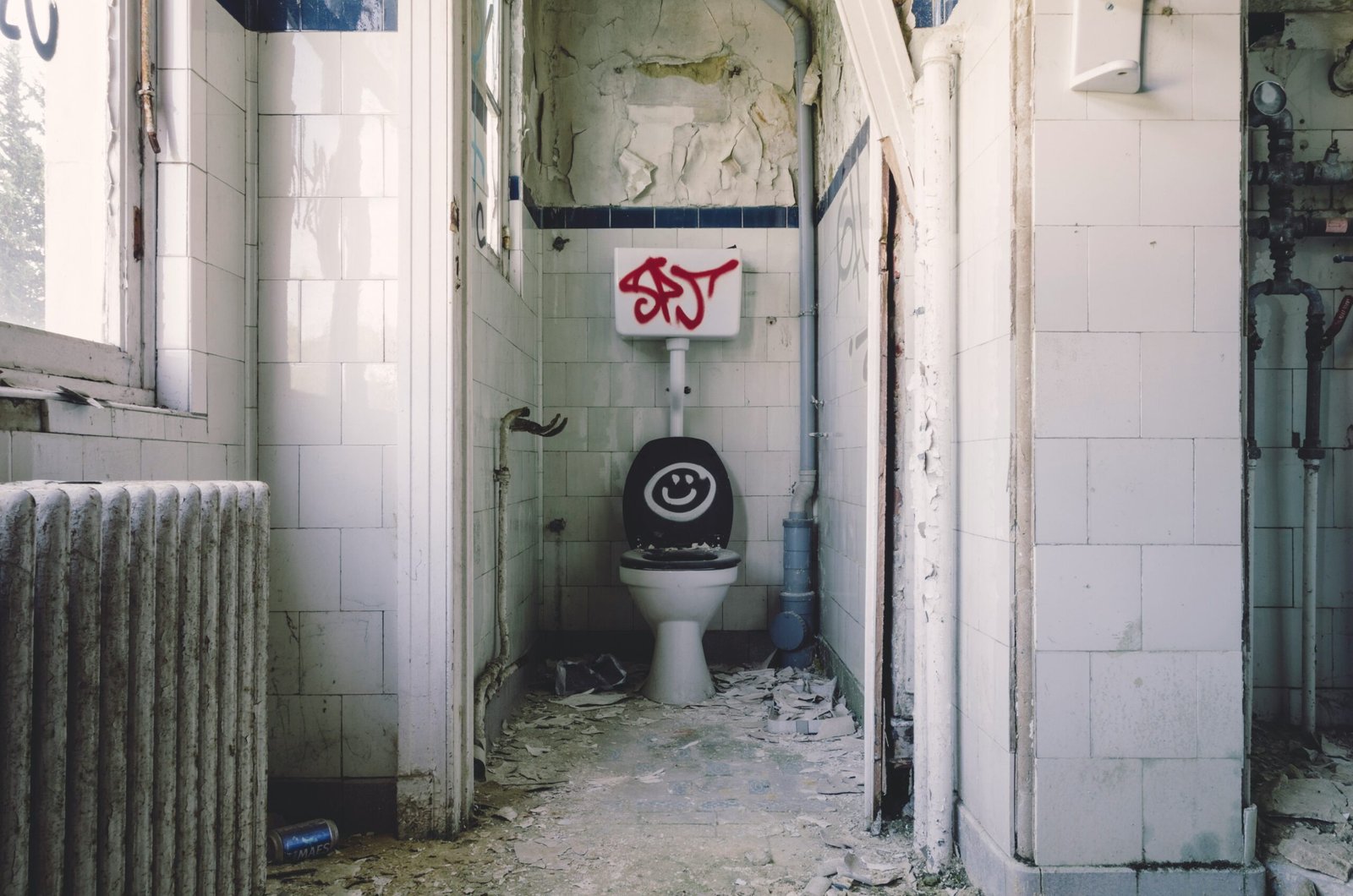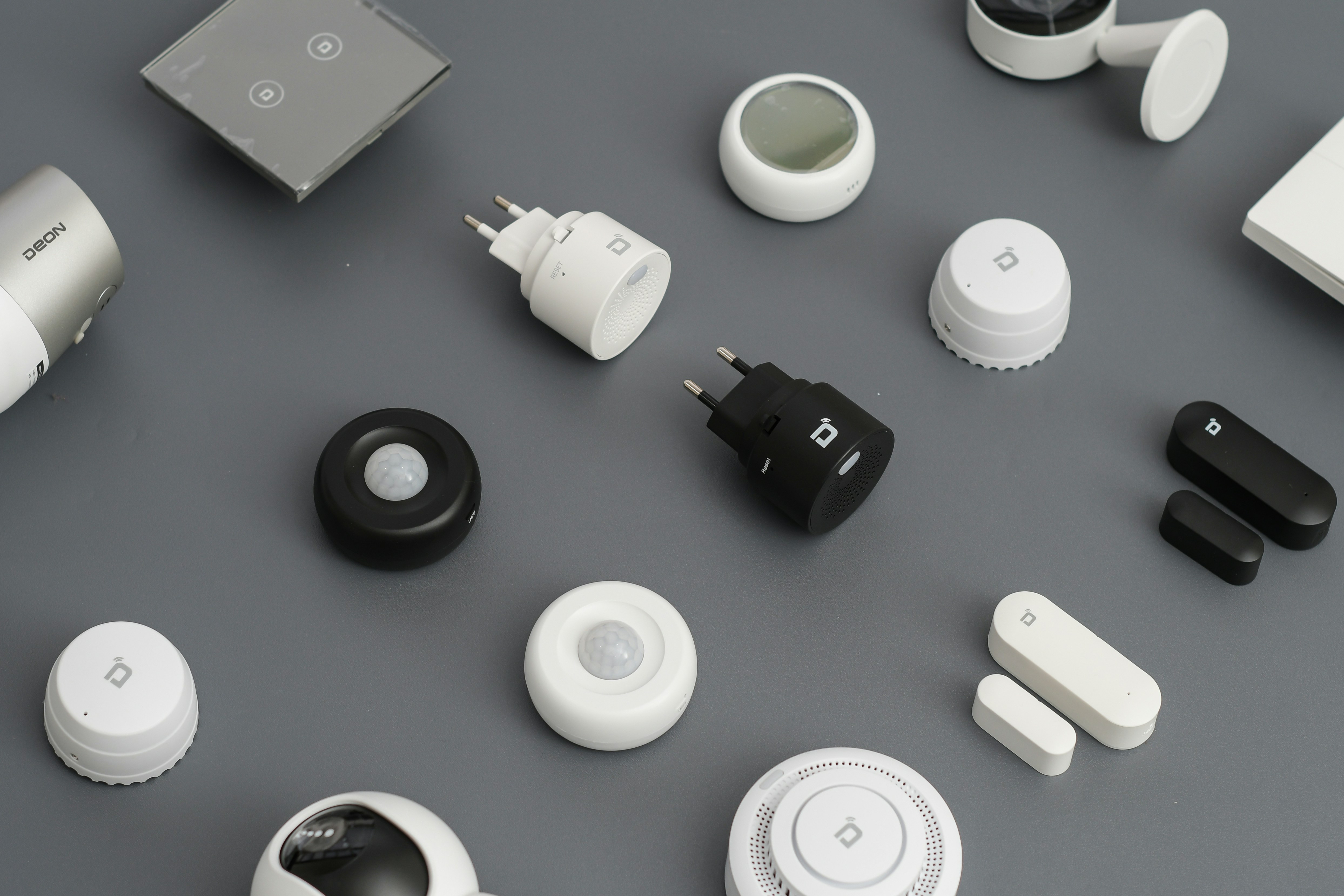The Rise of Smart Toilets
The evolution of restroom facilities has taken a significant leap forward with the introduction of smart toilet technologies. These modern innovations transform the traditional concept of a toilet, incorporating sophisticated features that enhance both hygiene and convenience. Smart toilets are equipped with automatic flushing systems that ensure optimal sanitation by eliminating the need for manual flushing. This technology not only reduces the risk of germ transmission but also promotes water efficiency, contributing to environmental sustainability.
One of the standout features of smart toilets includes integrated bidet functions, providing users with a more comfortable and cleaner experience. By utilizing adjustable water temperature, pressure, and direction, these systems allow individuals to customize their personal hygiene routines, catering to varying preferences and needs. Moreover, the incorporation of heated seats enhances comfort, particularly in colder climates, creating an inviting atmosphere for all users.
Smart toilets are also designed with advanced self-cleaning capabilities, utilizing specialized coatings and mechanisms to maintain cleanliness effortlessly. These high-tech solutions can reduce the need for harsh cleaning chemicals, thereby promoting a more environmentally friendly approach to restroom maintenance.
The integration of smart toilet functionalities with broader smart home systems represents a significant advancement in bathroom technology. Users can synchronize settings and preferences through mobile applications or voice-controlled devices, allowing enhanced accessibility and control. The Internet of Things (IoT) plays a crucial role in this transformation, connecting various devices to streamline processes and enhance user experience.
Ultimately, smart toilets are revolutionizing the way individuals interact with their restroom facilities. As technology continues to advance, the functionalities and features of these innovative toilets will likely expand, paving the way for a more hygienic, comfortable, and efficient bathroom experience in the future.
Sustainability in Toilet Design
The increasing emphasis on environmental consciousness has sparked significant innovations in toilet design, particularly focusing on sustainability. In 2024, eco-friendly designs and materials play a pivotal role in transforming restroom facilities, ensuring they align with modern environmental standards. The adoption of water-saving technologies is one of the most noteworthy advances in this arena. Low-flow toilets, which utilize advanced flushing mechanisms, are engineered to consume significantly less water without compromising performance. For instance, models utilizing dual-flush systems allow users to choose between a full flush and a reduced one, offering a practical solution for reducing overall water waste.
Another prominent trend is the rise of composting toilets. These systems not only conserve water but also contribute to waste management by converting human waste into compost, which can be used as a natural fertilizer. Leading brands, such as Nature’s Head and Composting Toilets, have successfully integrated these sustainable solutions into their designs, promoting higher ecological balance. These toilets are particularly beneficial in remote or off-grid locations, demonstrating that environmentally friendly solutions can also cater to various living situations.
Additionally, the selection of materials used in manufacturing toilets is shifting towards more sustainable options. Recycled plastics, biodegradable materials, and sustainably sourced ceramics are increasingly prevalent. Companies are now prioritizing the utilization of what is known as “green” manufacturing processes, thereby minimizing their carbon footprints. Notable brands like Kohler and TOTO are leading the charge in eco-conscious production methods, setting industry standards for sustainability.
In conclusion, the evolution of toilet design towards sustainable practices is not only beneficial for the environment but is also essential for promoting a culture of water conservation and waste reduction. With continuous advancements in technology and materials, the future of restrooms in 2024 is poised to be both innovative and eco-friendly.
Inclusive Design: Toilets for All
The significance of inclusive design in the development of modern toilets cannot be overstated, particularly as we strive to accommodate a diverse range of users, including individuals with disabilities, the elderly, and children. Traditional restroom facilities often fall short in this regard; however, recent advancements are transforming the landscape to create a more welcoming and functional environment for everyone.
One remarkable innovation in toilet design is the height-adjustable toilet, which allows users to modify the height according to their individual needs. This feature is especially beneficial for individuals who may have mobility issues or are in wheelchairs, facilitating ease of transfer and enhancing overall comfort. Furthermore, the integration of grab bars adjacent to the toilet significantly increases safety and accessibility, providing additional support for those who need it most.
The concept of family restrooms is also gaining traction, serving as a solution for users with children or caregivers accompanying individuals requiring assistance. These specially designed spaces enable caregivers to attend to the needs of their charges without the limitations often found in traditional public restrooms. By incorporating larger stalls, changing tables, and adequate space for maneuverability, family restrooms embody the principles of inclusive design, effectively addressing the diverse needs of all users.
Moreover, trends in restroom design now place substantial emphasis on user-friendly features that enhance usability for all demographics. Automatic faucets, sensor-operated flush systems, and easily accessible toilet paper and soap dispensers ensure that restrooms are not only convenient but also hygienic. These advancements highlight the ongoing commitment to creating spaces where all individuals, regardless of their physical abilities, feel comfortable and empowered to use the facilities. The push for inclusive toilet design represents a significant step toward fostering a societal commitment to equity and accessibility in public and private spaces.
The Future of Toilet Hygiene and Health Monitoring
As we look towards 2024, the intersection of toilet hygiene and health monitoring is set to revolutionize our restroom experiences. Innovations in toilet design are increasingly emphasizing hygiene, using technology to reduce the risk of contamination. One of the most notable advancements is the implementation of touchless operation, which allows users to flush and adjust settings without physical contact. This feature minimizes the transfer of germs, making toilets safer in both personal and public settings.
Another groundbreaking innovation is the integration of UV sterilization systems within toilet bowls. These systems utilize ultraviolet light to sanitize the surface, effectively eliminating bacteria and viruses that may linger after use. This technology could significantly reduce the spread of communicable diseases, enhancing public health in high-traffic areas such as restaurants, workplaces, and schools. The potential impact of such innovations cannot be overstated, as they offer a proactive approach to maintaining cleanliness in restrooms.
Moreover, the future of toilets entails the incorporation of built-in health diagnostic tools that can analyze user data for health insights. These advanced toilets can monitor various health indicators, such as hydration levels, glucose, and even hormonal changes, offering valuable real-time feedback. For instance, if a user’s health metrics deviate from the norm, the system could alert them to seek medical advice. This capability positions toilets not merely as sanitation tools but as integral components of personal health management.
The adoption of these technologies extends beyond individual benefits; they collectively contribute to advancing public health. By making shared facilities safer and cleaner, these innovations are expected to reduce the incidence of infections in environments where hygiene is paramount. Through continuous development in toilet hygiene and health monitoring, we are moving towards a future where bathrooms not only serve their traditional purpose but also act as vital tools for health maintenance and disease prevention.
If you’re interested in purchasing the item you seek, please click the link for additional details: #americanachoice.
https://amzn.to/3SBN3Oy
AFFILIATE DISCLOSURE: I am an affiliate for this company, I am not a paid employee.
I may receive a commission if you click a link on this page and choose to purchase something.
You can rest assured I will only share things I believe in and will be valuable to you.


